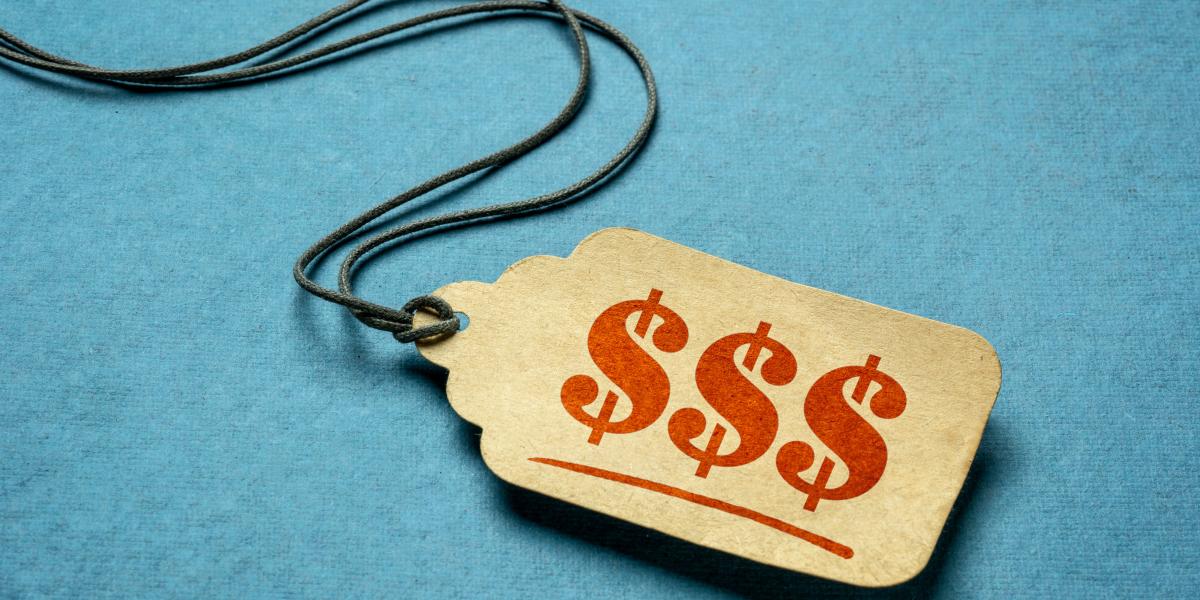
Individuals are often presented as if a value scale is hard-wired in their heads. Allegedly, this value scale remains the same all the time. As a result, this value scale supposedly instructs individuals in the selection of goods. Were that the case, then it makes sense to attempt to extract this value scale either by means of questionnaires or various psychological tests. Once the value scale is extracted, social scientists could establish how to allocate scarce resources in the most efficient way.
According to Murray Rothbard, there can be no valuation without things to be valued. Value is established once an individual’s mind has interacted with a particular entity. The evaluation process then establishes for what end, or purpose, a particular entity could be of use. On this Carl Menger wrote that,
Value is thus nothing inherent in goods, no property of them, nor an independent thing existing by itself. It is a judgment economizing men make about the importance of the goods at their disposal for the maintenance of their lives and wellbeing. Hence value does not exist outside the consciousness of men.
The view that the value scale is hard-wired in people’s heads provides the foundation for the simplistic supply-demand curve framework. Thus, according to popular thinking, at a given price, there is going to be a particular quantity of goods supplied and demanded.
Following the law of a declining marginal utility and a fixed valuation scale, one could infer that, as a given price of a good declines, its quantity demanded increases while the quantity supplied declines. The culmination of the entire process is the intersection of the supply-demand curves, which establishes the equilibrium price. At this price, the quantity supplied is equal to the quantity demanded.
In the supply-demand curve framework there are no entrepreneurs. Instead, the shift of curves comes in response to various factors. Again, in the supply-demand curve framework, it is assumed that the price is given. This begs the question as to who has given the price. Where did it come from?
According to Ludwig von Mises, the prices of goods are not given. The prices are established in a particular transaction, at a particular place, and at a given time by human beings. On this Mises wrote that,
A market price is a real historical phenomenon, the quantitative ratio at which at a definite place and at a definite date two individuals exchanged definite quantities of two definite goods. It refers to the special conditions of the concrete act of exchange. It is ultimately determined by the value judgments of the individuals involved. It is not derived from the general price structure or from the structure of the prices of a special class of commodities or services. What is called the price structure is an abstract notion derived from a multiplicity of individual concrete prices. The market does not generate prices of land or motorcars in general nor wage rates in general, but prices for a certain piece of land and for a certain car and wage rates for a performance of a certain kind.
As a rule, it is a supplier who “sets” or offers the price. After all, it is the supplier who offers the goods to the buyers. It is the supplier who must estimate the asking price of a good before he presents the good to the buyers. In order to secure this price, the price that the supplier asks for must cover its direct and indirect costs and provide a margin for profit. By determining the asking price, the supplier must make as good as possible an estimate regarding whether he will be able to sell his entire supply at the price set.
While the costs of production would appear to be the main factor in price determination, this is not so. Ultimately, it is the subjective evaluation of the buyer that dictates whether the price requested by the supplier is going to be realized. Every buyer decides, in his own context, whether the good offered by the supplier, at the price set by the supplier, is going to improve the buyer’s life and well-being.
If the costs of production were the determining factor behind setting market prices, then how would we explain the prices of goods that have no cost because they are not produced? For example, what about goods that are simply there, like undeveloped land? Likewise, the cost-of-production theory cannot explain the reason for the high prices of things like famous paintings. According to Rothbard,
Similarly, immaterial consumer services such as the prices of entertainment, concerts, physicians, domestic servants, etc., can scarcely be accounted for by costs embodied in a product.
Now, let us say that, for whatever reasons, the supply of a good has risen. All other things being equal, if the supplier wants to sell his entire expanded supply he will have to lower the price. The lower price will enable the entrance of various individuals that, prior to the increase in the supply of the good, couldn’t afford the good. Prior to the increase in the supply, the incomes of those individuals were completely absorbed in accommodating much higher priority goods and services. By lowering the price, the supplier effectively expands the means in these individuals’ possession, which enables them to attain another end—their living standards have now gone up.
Now, the calculation of the supplier indicates to him that his profit per unit of a good has decreased on account of a decline in the price, however, the total profit, because of the increase in the stock sold, has increased. Hence, the supplier’s pool of means has now expanded and he also can now aim at new goals. What we have here is an expansion of means that have lifted the living standards of the seller and the buyers.
What then is the meaning of the “equilibrium price” that mainstream economists hold is set at the intersection of the supply and demand curves? The equilibrium price is established once a supplier sets a price at a level that attracts enough buyers for his supply of a good. Consequently, once the seller sells his goods in return for money or other goods, he has reached his goal as far as bettering his life is concerned. He, therefore, has reached so-called “equilibrium.” Likewise, the buyer who uses his resources to secure the good offered by the seller has bettered his life and he, therefore, has reached his equilibrium.
Contrary to the popular way of thinking, the prices of goods are not set by the dubious mental value scale that does not change, but by the goal-seeking individuals. It is the importance of various ends to individuals that determine the selection of goods by them, therefore, they ultimately set the price. The importance of ends is established with respect to the subjective preferences of individuals.
Originally Posted at https://mises.org/






